
Blood pressure is defined by the force that pushes against the walls of the arteries, as the heart pumps blood throughout the body. This pressure depends on the force and the amount of blood circulating in the body, but also on the size and flexibility of the arteries.
Blood pressure that is too high, or on the other hand too low, is often associated with different health conditions. Symptoms of high blood pressure are not always obvious before they reach the most severe stage. However, symptoms of low blood pressure are generally very unpleasant and may even be upsetting if the person isn’t really sure what causes these symptoms.
Symptoms of abnormal blood pressure
As already mentioned, in most cases, there are no symptoms of high blood pressure. This is why hypertension is sometimes called a "silent killer". If symptoms of hypertension are present, the symptoms typically include ear noise or buzzing (tinnitus), irregular heartbeats, headache, confusion, fatigue, changes in vision, and nose bleeding.
Symptoms of low blood pressure include blurry vision, confusion, dizziness, light-headedness, sleepiness, feelings of general weakness, fainting, chest pain, and headache.
Measuring blood pressure without a cuff
Typically, blood pressure is measured using a blood pressure cuff that will easily show you your blood pressure without much effort on your part.
However, in some situations, people may want to know if their blood pressure is normal, even without any type of equipment. However, this kind of measurement isn’t completely accurate as it provides good results only for the systolic measurement. To measure your diastolic blood pressure, a person will need to use an arm cuff or a stethoscope.
To start with a blood pressure measurement without a cuff, a person should find a specific place on the arm by running two fingers of the opposite hand along the wrist. This place is situated below the thumb and just slightly above the wrist. In most of the cases, a person will have no troubles feeling the pulse on this exact spot.
If the radial pulse is noticeable, it means that the systolic measurement is at least 80. When the blood pressure drops below this level, the radial pulse is very hard to detect without any equipment. Since the radial artery is smaller than the femoral artery, the blood pressure has to be at least 80 mmHg for a pulse to reach it.
To get the exact measurements or to measure the diastolic pressure one should get a blood pressure cuff and wrap it around the brachial artery, on the arm. The next step is to place a stethoscope over the artery and inflate the arm cuff until there is no pulse. Then, a person has to let the air out of the cuff slowly while paying attention on the number on the dial until the pulse is heard once again. This traditional way of measuring blood pressure is a little tricky to get used to, but anyone can learn it.
The easiest way to learn what your blood pressure is with great accuracy is, however, to use an automatic blood pressure monitor. If you do not have one at home, you cannot only have it checked through your doctor — most pharmacies will also have blood pressure monitors and will be happy to measure your blood pressure. However, should you need to monitor your blood pressure regularly, it is advisable to invest in a blood pressure machine for home use.
- healthfinder.gov/api/Outlink/SearchV2/http/www.mayoclinic.org/diseases-conditions/high-blood-pressure/in-depth/high-blood-pressure/art-20047889?pg=2&p=1&_label_=Get+tips+on+checking+your+blood+pressure+at+home
- www.cdc.gov/nchs/data/nhanes/nhanes_09_10/BP.pdf
- www.flickr.com/photos/44124366475@N01/1396378277/



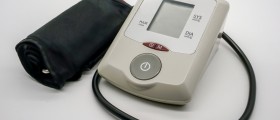


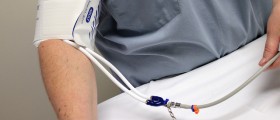



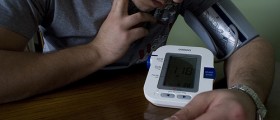




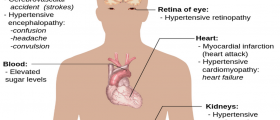
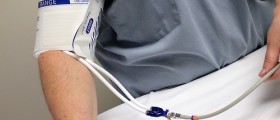
Your thoughts on this
Loading...